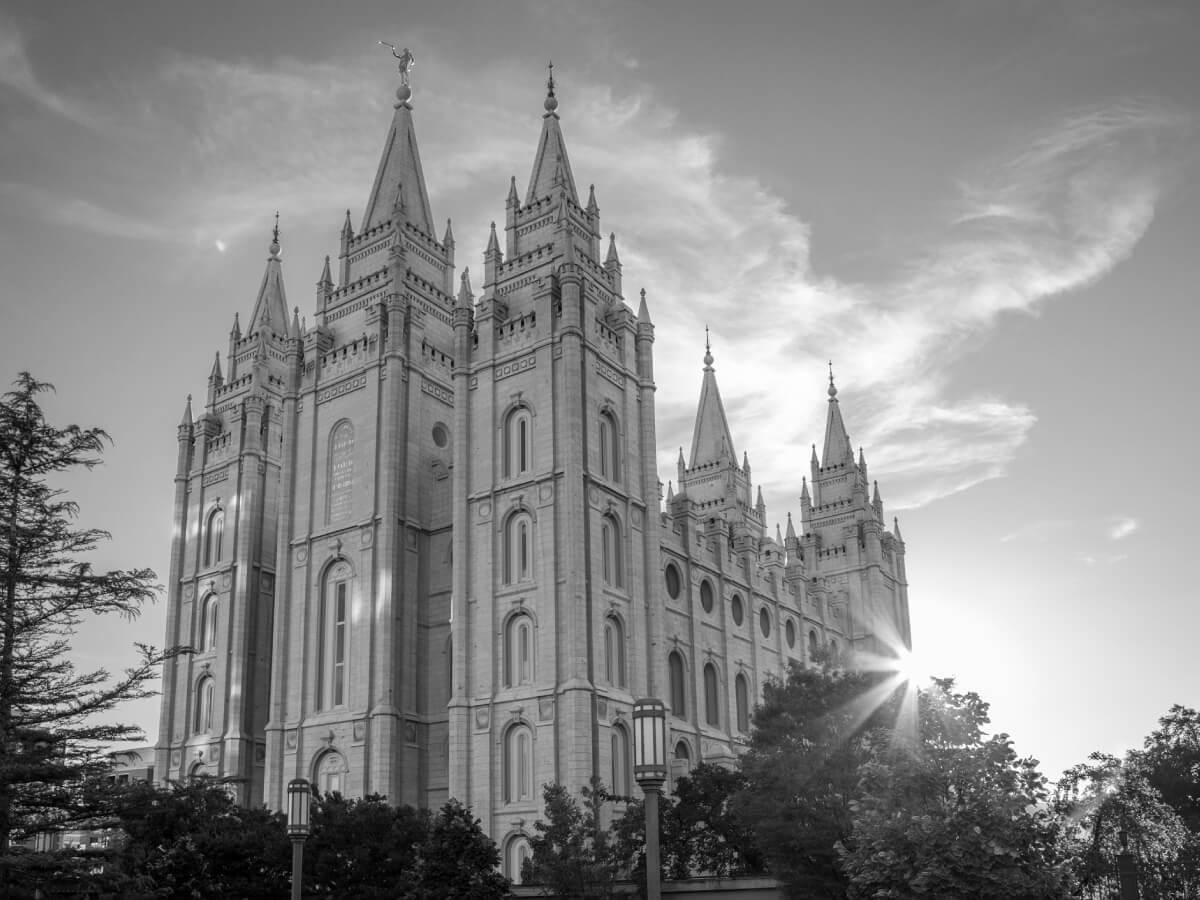
File photo: Missionaries of The Church of Jesus Christ of Latter-day Saints (Mormon) serve all over the world to share the gospel of Jesus Christ
The New York Times has published an in-depth piece about Mormon missionaries in Uganda. The article, written by Josh Kron, explains the transformative effect missions have on the young men and women who serve, meticulously follows the active day in the life of missionaries in Uganda and clarifies common misconceptions people have of Mormons.
A mission’s life-changing effect
Mormon missionaries commonly refer to their service as one of the best periods of their lives. Kron provides insight into why this is the case. “Through it all, their own lives are changing. Their personal values sharpen, and they begin to understand whom they want to be when they return to college.”
He quotes Elder Micheal Zackery Lee of Utah, who says, “I have learned more about myself in the last 20 months than I could if I was back home. You begin to understand what really matters in your life.”
The nature of missionary work
This unique understanding comes in large part from the nature of the work missionaries do — putting others’ needs first for 18 to 24 months. Missionary work begins at one of over a dozen missionary training centers (MTCs) throughout the world. Kron notes that in the MTC, missionaries “study doctrine, learn how to teach the gospel and hone their communication skills. Some 50 languages are taught at the center, in Provo, Utah, which can accommodate 4,000 learners and has a gymnasium, medical clinic and bookstore. Training centers in other countries also prepare students to serve in one of the church’s roughly 350 missions.”
After MTC preparation is completed, missionaries are sent to their assigned area of labor and follow a rigorous daily schedule that includes teaching and serving.
“There is not much time for recreation. At 8 a.m. they are at their desks for an hour of personal Scripture study. They then study with one another for an hour. By 10 a.m. they are out the door, visiting homes of families they already work with or scouring the streets for new recruits. Sometimes it is 9 p.m. before they return home, where they pray, compile the day’s results, cook dinner and switch off the lights by 10:30. … They are polite, not pushy. They volunteer to help local members or anyone curious about joining, even digging ditches or hauling bricks.”
(Learn more about the Church’s missionary program.)
Correcting Mormon myths
As Kron accompanies the missionaries as they teach, he notes that several people with whom the missionaries associate have common misconceptions about the faith.
In correcting these misconceptions, Kron says that “Mormons worship Jesus Christ … do not [practice polygamy] — the church banned the practice in the 1890s,” and that, for Mormons, the Bible and the Book of Mormon “are meant to complement each other.”
Read Josh Kron’s entire piece in The New York Times (subscription may be required).
Related resources